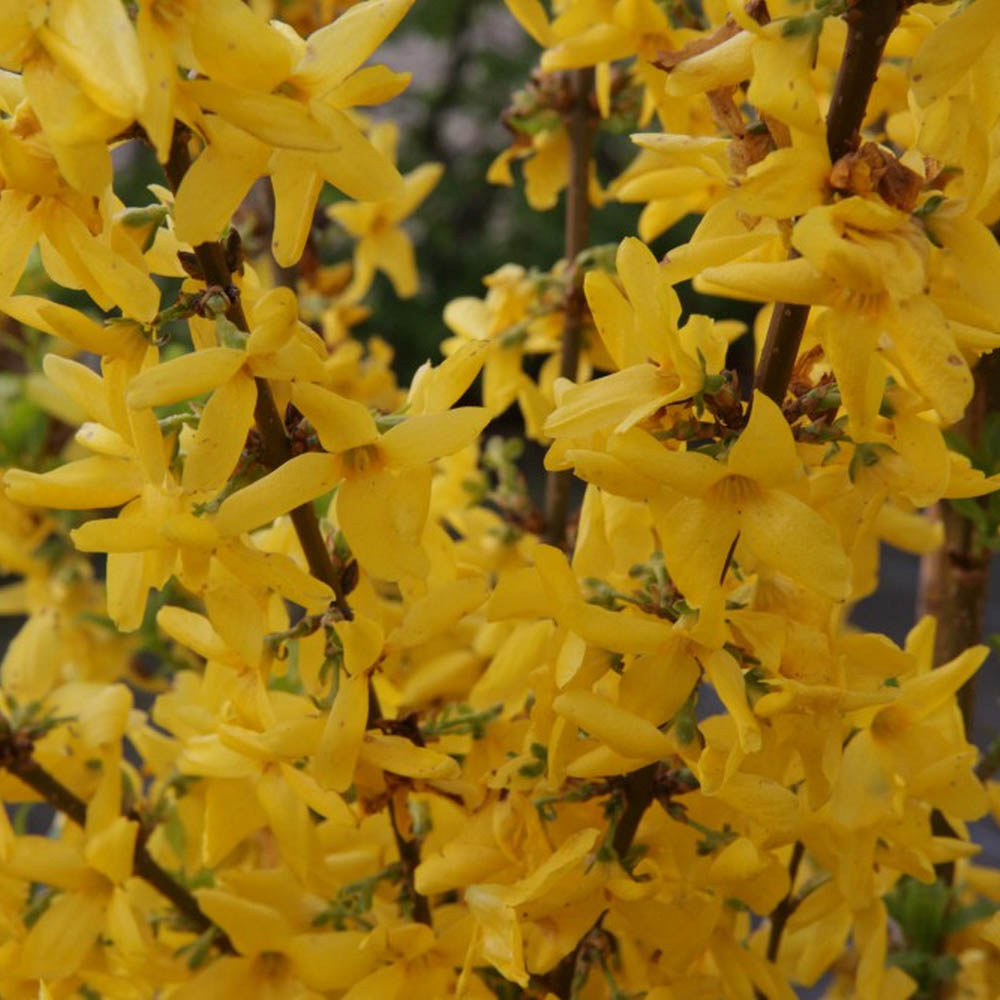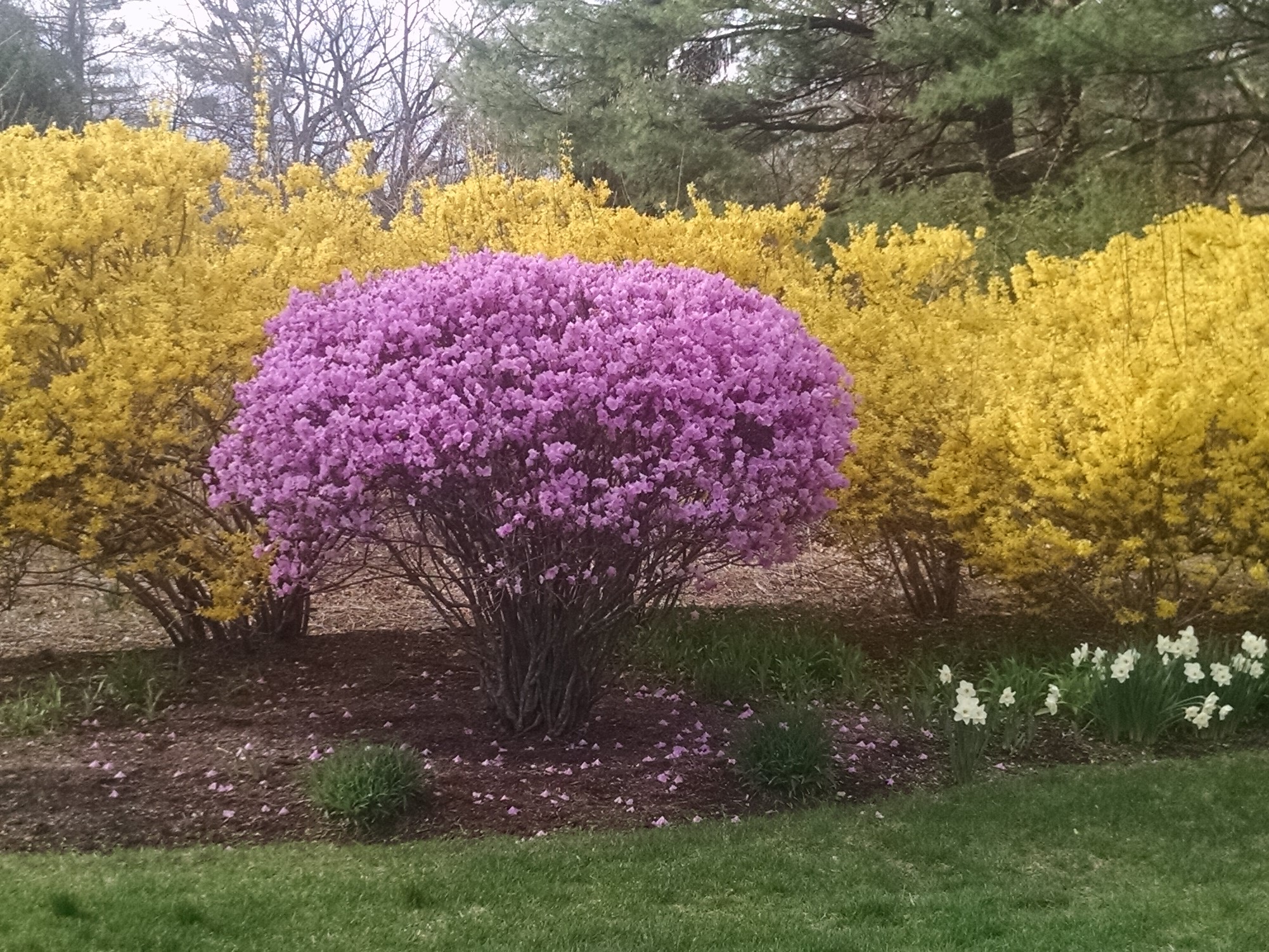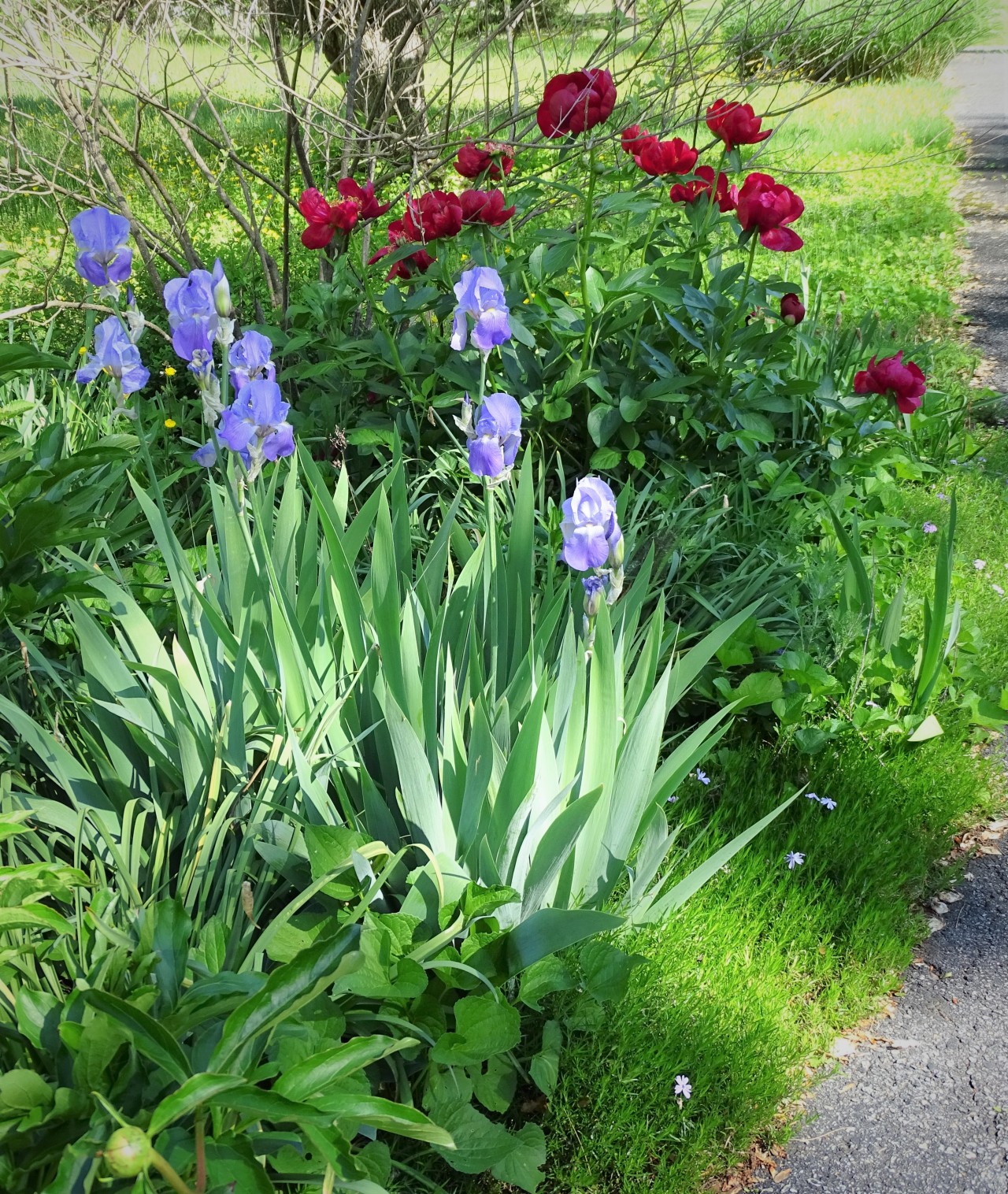Stunning Forsythia Companion Plants That Will Make Your Garden Pop
Stunning Forsythia Companion Plants That Will Make Your Garden Pop
Forsythia is a beautiful flowering shrub that is known for its bright yellow blooms. It is a popular choice for gardens because it is easy to care for and blooms early in the spring, when other plants are still dormant.
If you are planting forsythia, you may be wondering what companion plants to choose. The right companion plants can help to enhance the beauty of your forsythia and create a more interesting and diverse garden.
In this blog post, we will discuss some of the best companion plants for forsythia. We will also provide some tips on how to choose the right companion plants for your specific needs.
What are Companion Plants?
Companion planting is a gardening technique that involves planting different types of plants together in order to benefit each other. Companion plants can help to improve the growth, health, and productivity of each other.
There are many different factors to consider when choosing companion plants. Some of the most important factors include the plants' growth habits, water requirements, and sunlight needs.
Best Companion Plants for Forsythia
There are many different companion plants that can be paired with forsythia. Some of the best options include:
- Azaleas: Azaleas are a great choice for companion plants for forsythia because they have similar water and sunlight requirements. Azaleas also bloom in the spring, so they will help to extend the flowering season in your garden.

- Rhododendrons: Rhododendrons are another good choice for companion plants for forsythia. They are similar to azaleas in terms of their water and sunlight requirements, and they also bloom in the spring.

- Hostas: Hostas are a type of shade-loving perennial that can help to add some depth and interest to your garden. They are also relatively low-maintenance, making them a good choice for busy gardeners.

- Ferns: Ferns are another good choice for shade-loving gardens. They come in a variety of shapes and sizes, so you can find one that will complement your forsythia.

- Violas: Violas are a type of flowering plant that blooms in the spring and fall. They are relatively low-maintenance and come in a variety of colors, so they can add a splash of color to your garden.
- Primroses: Primroses are a type of flowering plant that blooms in the spring. They are relatively low-maintenance and come in a variety of colors, so they can add a splash of color to your garden.

- Wallflowers: Wallflowers are a type of flowering plant that blooms in the spring. They are relatively low-maintenance and come in a variety of colors, so they can add a splash of color to your garden.

Tips for Choosing Companion Plants for Forsythia
When choosing companion plants for forsythia, there are a few things to keep in mind:
- Consider the plants' growth habits: Some plants, such as azaleas and rhododendrons, grow quite large. If you are limited on space, you will want to choose smaller companion plants.
- Consider the plants' water requirements: Forsythia is a relatively drought-tolerant plant. If you live in an area with hot, dry summers, you will want to choose companion plants that have similar water requirements.
- Consider the plants' sunlight requirements: Forsythia prefers full sun, but it can tolerate some shade. If you have a shady garden, you will want to choose companion plants that can tolerate shade.
Conclusion
Forsythia is a beautiful flowering shrub that can add a lot of color and interest to your garden. By choosing the right companion plants, you can enhance the beauty of your forsythia and create a more interesting and diverse garden.
Forsythia is a beautiful flowering shrub that heralds the arrival of spring. It is known for its bright yellow blooms, which can brighten up any garden. But did you know that there are a number of other plants that can be planted alongside forsythia to create a stunning spring display?
Some of the best companion plants for forsythia include:
- Tulips: These colorful bulbs add a pop of contrast to the yellow forsythia blooms.
- Irises: These elegant flowers come in a variety of colors, which can be used to complement the forsythia's yellow.
- Ornamental onions: These striking flowers have a unique shape and color that make them a great choice for companion plants.
- Mock orange: This fragrant shrub blooms at the same time as forsythia, and its sweet scent will fill your garden with a springtime aroma.
- Spirea: This versatile shrub comes in a variety of colors, so you can find one that perfectly matches your forsythia.
To learn more about forsythia companion plants, I recommend visiting Gardenia Inspiration. This website has a comprehensive list of plants that can be planted alongside forsythia, as well as information on how to care for these plants.
FAQ of forsythia companion plants
1. What are some good companion plants for forsythia?
Forsythia is a deciduous shrub that blooms early in the spring with bright yellow flowers. It is a hardy plant that can tolerate a variety of soil conditions and is relatively easy to care for. Some good companion plants for forsythia include:
- Azaleas: Azaleas and forsythia both bloom in the spring, so they can be planted together to create a colorful display. Azaleas prefer acidic soil, so it is important to make sure that the soil in your garden is suitable for both plants.

- Rhododendrons: Rhododendrons are another type of acid-loving plant that can be planted with forsythia. They both have similar requirements for sunlight and water, so they can be easily cared for together.

- Irises: Irises bloom in the spring or summer, so they can be planted with forsythia to extend the flowering season in your garden. Irises prefer full sun and well-drained soil, which are also the preferred conditions for forsythia.

- Hostas: Hostas are shade-tolerant plants that can be planted with forsythia to provide some contrast in your garden. Hostas come in a variety of colors, so you can choose one that will complement the yellow flowers of the forsythia.

- Viburnums: Viburnums are a type of flowering shrub that blooms in the spring or summer. They come in a variety of colors, so you can choose one that will complement the yellow flowers of the forsythia. Viburnums also attract butterflies and other pollinators, so they can be a great addition to your garden.

2. What are some plants that should not be planted near forsythia?
There are a few plants that should not be planted near forsythia, as they can compete for water and nutrients. These plants include:
- Hollies: Hollies are evergreen shrubs that can shade out the forsythia, preventing it from blooming.
- Boxwoods: Boxwoods are also evergreen shrubs that can shade out the forsythia.

- Cypresses: Cypresses are coniferous trees that can take up a lot of water and nutrients, which can stress the forsythia.

- Ferns: Ferns prefer moist, shady conditions, which can be detrimental to the forsythia.

3. What is the best time to plant companion plants with forsythia?
The best time to plant companion plants with forsythia is in the fall or early spring. This will give the plants time to establish themselves before the forsythia blooms in the spring.
4. How far apart should companion plants be planted with forsythia?
The distance that companion plants should be planted from forsythia depends on the size of the plants. In general, you should plant companion plants about 3 feet away from forsythia. This will give the plants enough space to grow and thrive.
5. How do I care for forsythia and its companion plants?
Forsythia and its companion plants are relatively easy to care for. They need full sun and well-drained soil. You should water them regularly, especially during the hot summer months. You should also fertilize them in the spring with a balanced fertilizer.
Image of forsythia companion plants
5 different images of "forsythia companion plants" from Pinterest.com:
- Lilac: Lilac is a flowering shrub that blooms in early summer. It is a good companion plant for forsythia because it has similar growing conditions and blooms at a different time of year.

- Spirea: Spirea is another flowering shrub that blooms in early summer. It is a good companion plant for forsythia because it has similar growing conditions and blooms at a different time of year.

- Spring flowering bulbs: Spring flowering bulbs, such as tulips, crocus, and hyacinth, can be planted in front of forsythia to add color and interest in the spring.

- Hostas: Hostas are shade-loving plants that can be planted under forsythia to provide contrast and interest.

- Azaleas: Azaleas are flowering shrubs that bloom in the spring. They can be planted near forsythia to add color and interest.


Post a Comment for " Stunning Forsythia Companion Plants That Will Make Your Garden Pop"